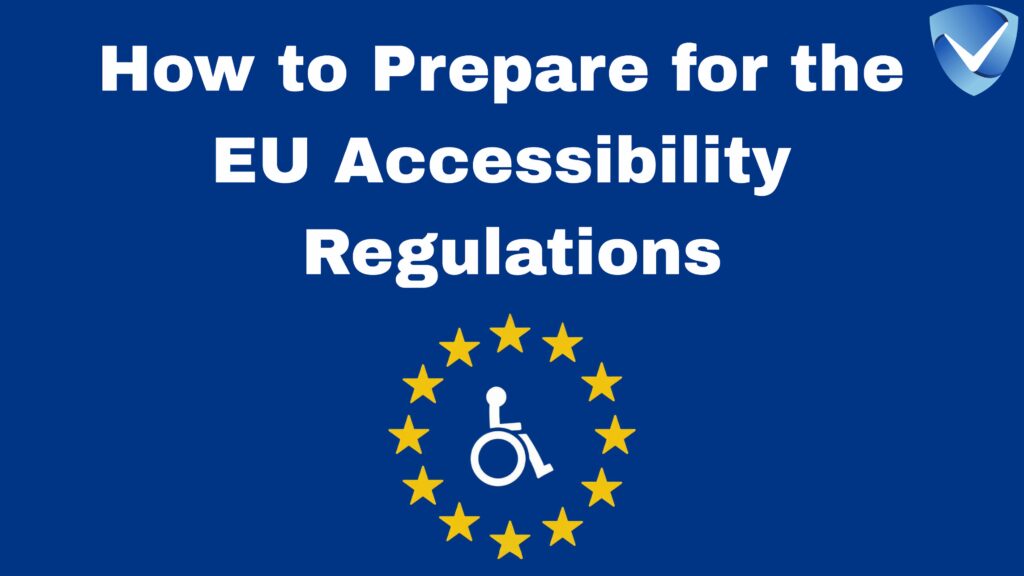Understanding EU Accessibility Regulations
The European Accessibility Act (EAA) represents a significant legislative initiative aimed at creating a more inclusive and accessible environment across the European Union (EU). By establishing a set of harmonized accessibility standards, the EAA seeks to remove barriers that hinder individuals with disabilities from participating fully in society. An essential goal of the legislation is to foster inclusivity, ensuring that all citizens, regardless of their abilities, can utilize a wide array of products and services. This commitment to inclusiveness is essential for promoting equal opportunities within the EU’s diverse market framework.
Under the provisions of the EAA, several key products and services are explicitly covered. This includes, but is not limited to, websites and e-commerce platforms, banking services, and consumer electronics. For businesses, implementing the necessary adjustments to meet these accessibility standards is critical. Non-compliance could not only limit market opportunities but also result in reputational damage and financial penalties. The accessibility of websites, for example, goes beyond mere aesthetics; it involves ensuring that information is available to all users, including those with visual impairments who rely on screen readers.
Moreover, e-commerce platforms are increasingly viewed as essential components of modern commerce, making their compliance with the EAA particularly vital. Banking services also fall under the umbrella of accessibility regulations, requiring institutions to provide accessible interfaces for all users. This wide scope reflects the understanding that products and services must meet the diverse needs of all users to support seamless cross-border trade. Ultimately, businesses that prioritize compliance with the EAA not only contribute to a more inclusive society but also stand to benefit from broader market access and improved customer satisfaction.
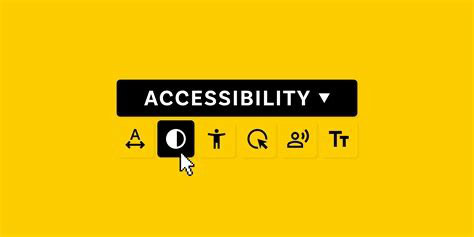
Assessing Your Current Accessibility Status
Conducting a thorough accessibility audit is the first step in preparing for the EU Accessibility Regulations. This process involves a combination of automated tools and manual testing methods to evaluate the compliance of your websites, applications, and digital products with the Web Content Accessibility Guidelines (WCAG) standards. Initiate the assessment by utilizing various automated accessibility testing tools. These tools can quickly identify common issues, such as missing alt text for images, inadequate heading structure, and problematic color contrast ratios.
While automated tools provide a good starting point, they may not capture all nuances of accessibility. Therefore, complement the automated analysis with manual testing. Manual methods include checking navigation for users relying on keyboard controls, ensuring that all interactive elements are accessible without a mouse. Specifically, evaluate whether users can reach all parts of the interface using tab navigation and whether essential functions can be executed solely via keyboard inputs. Additionally, consider conducting user testing with individuals who have disabilities, as their feedback can offer invaluable insights into the usability of your digital products.
During the audit, document all identified gaps in compliance. Common deficiencies include missing or inadequate alt text for images, insufficient color contrast that hinders readability for visually impaired users, and issues related to multimedia, such as videos lacking captions or transcripts. Furthermore, look for structural elements like missing landmarks or headings that can positively impact navigation for assistive technologies. By systematically addressing these common issues, your organization can significantly enhance its accessibility status and move toward compliance with the EU regulations.
Implementing WCAG Standards for Compliance
To align digital offerings with the EU Accessibility Regulations, it is essential to adhere to the Web Content Accessibility Guidelines (WCAG). Focusing on WCAG 2.2 Level AA success criteria ensures that digital content is accessible to a wider audience, including people with disabilities. The four core principles of POUR—Perceivable, Operable, Understandable, and Robust—serve as the foundation for achieving compliance.
A key aspect of the WCAG framework is ensuring that content is perceivable. This means that all users must be able to recognize and receive information through various means. Implementing proper text alternatives for non-text content, providing captions for videos, and ensuring sufficient color contrast are crucial steps. By meeting these criteria, websites become more accessible for those who rely on assistive technologies.
The second principle, Operable, emphasizes the need for all users to navigate and interact with the content effectively. This entails providing functionality through a keyboard in addition to mouse interactions and ensuring that users can easily navigate through the site. Implementing clear and consistent navigation aids significantly enhances operability.
Understandable content is essential for fostering a comprehensive user experience. This involves using clear language, predictable interactions, and providing instructions where necessary. Content that is easy to comprehend diminishes the potential for confusion, ensuring that all users can effectively engage with the information presented.
Finally, the Robust principle guarantees that content remains accessible across various platforms and technologies, ensuring compatibility with current and future assistive technologies. To test compliance with WCAG standards, a variety of accessibility testing tools can be utilized. These include screen readers, which assist visually impaired users, color contrast analyzers that ensure suitable color combinations, and code validators that help identify HTML and CSS errors that may hinder accessibility.
By systematically applying the principles of POUR and utilizing appropriate testing tools, organizations can effectively align their digital content with WCAG 2.2 Level AA criteria, moving towards compliance with the EU Accessibility Regulations.
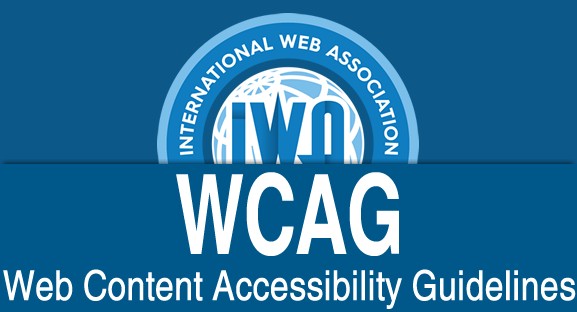
Collaborating with Accessibility Experts
In the pursuit of compliance with the EU Accessibility Regulations, collaborating with accessibility experts plays a critical role in fostering an inclusive environment. Hiring accessibility consultants can significantly enhance an organization’s capacity to conduct thorough accessibility audits and develop effective remediation strategies. These professionals possess specialized knowledge of regulatory requirements and best practices, ensuring that all aspects of compliance are meticulously addressed. Their expertise enables organizations to identify potential barriers, improve user experience, and create digital applications that cater to all individuals, including those with disabilities.
Engaging accessibility professionals also brings a fresh perspective to internal practices. By leveraging their insights, organizations can pinpoint gaps in current processes while receiving tailored recommendations that align with specific needs. This collaboration can ultimately drive more effective solutions and embed accessibility into the core of organizational operations.
Moreover, it is imperative to train internal teams on accessibility best practices, as this builds a culture of inclusivity within the organization. Providing employees with educational opportunities regarding accessibility standards not only equips them with the necessary skills but also empowers them to advocate for equitable practices in their respective roles. Training programs can cover topics ranging from web development guidelines to inclusive content strategies, ensuring that the entire team understands their responsibility in supporting accessibility initiatives.
By integrating the insights of accessibility specialists with internal training efforts, organizations can establish an ongoing commitment to compliance and inclusivity. This holistic approach not only meets regulatory requirements but also enhances overall organizational effectiveness and reputation. In moving forward, fostering collaboration with experts, alongside dedicated training programs, will facilitate the successful navigation of the complexities associated with the EU Accessibility Regulations. This strategy helps create a sustainable and inclusive environment beneficial for all stakeholders involved.
Staying Ahead of Future Changes in EU Regulations
The landscape of digital accessibility is constantly evolving, necessitating that organizations remain vigilant in monitoring updates to the Web Content Accessibility Guidelines (WCAG) and the European Accessibility Act (EAA) requirements. As these guidelines are revised, it is imperative for businesses to adapt their practices to comply with the most recent standards. Failing to do so not only risks non-compliance but may also alienate a significant segment of the population that relies on accessible digital platforms.
Establishing a systematic approach to monitor changes in accessibility regulations can greatly enhance an organization’s ability to stay ahead. This may involve subscribing to newsletters from recognized accessibility organizations, participating in webinars, and joining professional groups focused on digital inclusion. These channels provide timely updates, insights, and best practices regarding the latest compliance requirements and emerging trends in accessibility.
Additionally, regular auditing and testing of digital platforms are key strategies to ensure ongoing adherence to evolving regulations. Organizations should implement periodic assessments of their websites and applications, employing both automated tools and human testing to identify potential accessibility issues. Engaging users with disabilities in usability testing can offer invaluable insights and help pinpoint areas needing improvement. This proactive attitude towards compliance fosters an ongoing commitment rather than a one-time checklist approach.
Furthermore, integrating accessibility into the overall design and development processes can lead to sustainable compliance. Training staff on accessibility can enhance their understanding of best practices and the importance of designing inclusively. By embedding accessibility within organizational culture, companies become better equipped to address changes swiftly and efficiently.
In conclusion, staying ahead of future changes in EU regulations regarding digital accessibility requires continuous monitoring, regular audits, and an organizational commitment to inclusive practices. By prioritizing these strategies, businesses will not only ensure compliance but also enhance the overall user experience for all individuals.
Creating an Accessibility Checklist
Establishing an accessibility checklist is an essential step for businesses seeking to comply with the EU Accessibility Regulations. This checklist serves as a structured guide, enabling organizations to effectively assess their digital products and services regarding accessibility standards set forth by the Web Content Accessibility Guidelines (WCAG). A comprehensive checklist should encompass several key areas that address both audit and implementation protocols.
First, it is crucial to audit existing digital assets. This involves evaluating websites, applications, and other online platforms to identify any accessibility barriers. The checklist should include specific criteria for testing, such as ensuring text alternatives for images, proper use of headings, and consistent navigation. These criteria will help ascertain whether digital content is perceivable, operable, understandable, and robust, in line with the WCAG framework.
Furthermore, businesses must incorporate implementation guidelines into their checklists. These guidelines should dictate how to make effective changes based on audit findings. For example, the checklist can outline best practices for designing forms to be user-friendly for individuals with disabilities, ensuring keyboard navigation, and maintaining color contrast ratios that enhance readability.
Regular reviews are the final component of a robust accessibility checklist. It is not enough to achieve compliance once; ongoing assessments are vital to ensure continued adherence to accessibility standards. Establishing a protocol for periodic audits, training sessions, and updates to content will facilitate sustained accessibility. Regularly revisiting and revising the checklist will empower organizations to adapt to evolving best practices and regulatory requirements.
By developing a comprehensive accessibility checklist tailored specifically for their needs, businesses can take proactive steps toward compliance with the EU Accessibility Regulations while fostering inclusivity in the digital landscape.
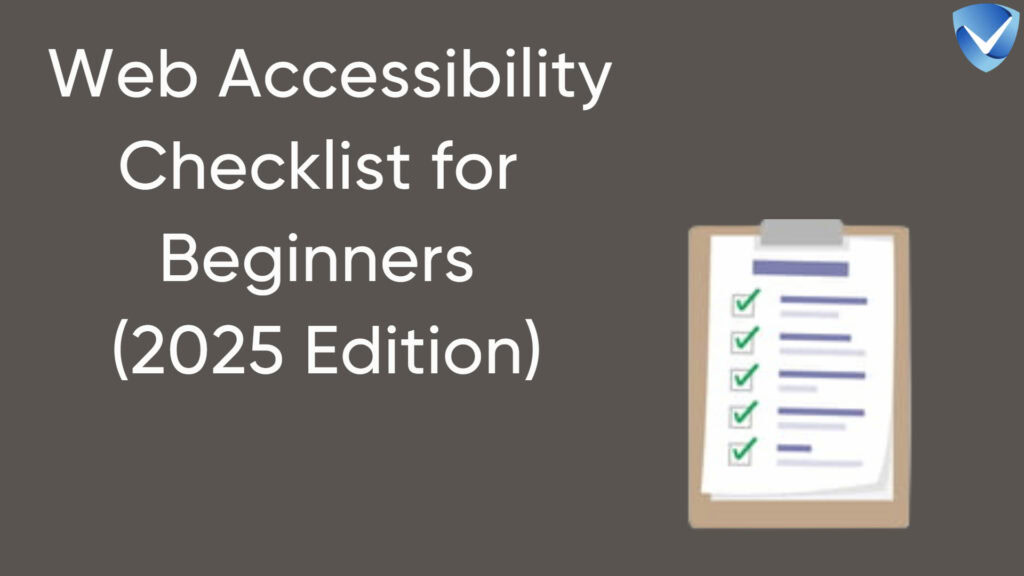
Leveraging Technology for Accessibility
As the EU Accessibility Regulations become increasingly pertinent, businesses must leverage advanced technologies to ensure their digital products comply with these mandates. A critical aspect of this is the utilization of assistive technologies, which are specifically designed to enhance user experience for people with disabilities. Examples of such technologies include screen readers, speech recognition software, and alternative input devices. These tools enable users to interact with digital platforms more effectively and help companies enhance accessibility across their offerings.
In addition to traditional assistive technologies, innovations driven by artificial intelligence (AI) have revolutionized the approach to accessibility. AI can automate the assessment and remediation of web content to ensure compliance with accessibility guidelines. Tools powered by AI can analyze websites for accessibility issues and provide insights for improvement. For instance, image recognition algorithms can automatically generate alt text for images, allowing visually impaired users to understand visual content quickly. This integration of AI solutions not only streamlines the compliance process but also augments the user experience, creating a more inclusive digital environment.
Moreover, businesses should consider integrating these technological advancements into their development processes from the outset. By adopting an inclusive design philosophy, companies can evaluate accessibility features at all stages of product development. Collaboration between developers, designers, and accessibility experts is essential for embedding accessibility into the product lifecycle. Training teams on the significance of accessibility and how to leverage these technologies can streamline processes and foster a culture of inclusivity within organizations.
By proactively employing assistive technologies and AI-driven solutions, businesses can not only meet the EU Accessibility Regulations but also enhance their overall product offering. As digital accessibility becomes a vital component of user satisfaction and equitable access, leveraging these technologies is crucial for future-proofing digital products and services.
Case Studies | Successful Accessibility Implementations
Many businesses have made significant strides in implementing accessibility measures in compliance with the EU Accessibility Regulations. These real-world examples illustrate not only the obstacles encountered but also the positive outcomes that arose from proactive initiatives.
One notable case is that of a leading e-commerce platform, which recognized the need for improved accessibility to serve their diverse customer base better. By integrating screen reader compatibility and enhancing keyboard navigation, they increased their website’s usability for individuals with disabilities. This effort not only expanded their customer demographic but also resulted in a notable uptick in conversion rates by 15%. The company acknowledged that regular user testing with people with disabilities provided valuable insights that guided further improvements.
Another success story comes from a well-known retail brand that revamped its physical stores to meet accessibility standards. After conducting a comprehensive audit, they implemented measures such as wider aisles, accessible changing rooms, and tactile guide paths. These changes, while initially challenging due to the existing layout, were complemented by staff training programs focused on inclusivity. Feedback indicated an increase in customer satisfaction among patrons with disabilities, which ultimately enhanced brand loyalty and increased foot traffic by 20%.
A tech startup is an example of a company that embedded accessibility into its product development process from the outset. They utilized accessibility checklists during their software development cycles and involved users with various disabilities in the testing phase. This integration not only ensured compliance with the EU regulations but also fostered innovation—leading them to create unique features that appealed to a broader audience. Their approach reinforced the importance of considering accessibility as an asset rather than a checklist item, paving the way for improved user experiences.
These examples illustrate that adherence to accessibility regulations not only fulfills legal requirements but fosters an inclusive environment, ultimately benefiting the bottom line. Companies that embrace these changes often uncover new opportunities for growth and customer engagement, emphasizing that accessibility is indeed a competitive advantage in today’s marketplace.
The Business Case for Accessibility
In today’s rapidly evolving digital landscape, the importance of accessibility cannot be overstated. While many organizations view compliance with the EU Accessibility Regulations as a mere regulatory obligation, a deeper examination reveals that embracing inclusive practices can yield significant strategic advantages. Adopting accessibility measures goes beyond meeting legal requirements; it represents a commitment to fostering an inclusive environment that resonates with a broader audience.
One of the most compelling reasons for prioritizing accessibility is the enhancement of user experience. When websites and digital products are designed with accessibility in mind, they are typically more intuitive and easier to navigate. This leads to a more satisfying interaction for all users—regardless of their abilities. A streamlined experience not only reduces friction for individuals with disabilities but also benefits the general population, creating a positive impact on overall user engagement and satisfaction rates.
Furthermore, by committing to accessibility, organizations can significantly expand their customer bases. The World Health Organization estimates that over one billion people experience some form of disability. By making products and services accessible, businesses can tap into this large, often underrepresented demographic. Additionally, accessibility can bolster brand loyalty. Customers are increasingly inclined to support companies that showcase social responsibility, and promoting inclusive practices signals a commitment to diversity and equality.
Ultimately, accessibility is not just a legal obligation; it is a strategic investment in the future of the business. As companies enhance their digital products to eliminate barriers, they open doors to new markets and foster goodwill among consumers. This proactive approach not only drives business growth but also highlights the notion that inclusivity benefits everyone. Investing in accessibility is an investment in sustainable business practices that will pay dividends in the long run.
Try Our Free Website Accessibility Scanner
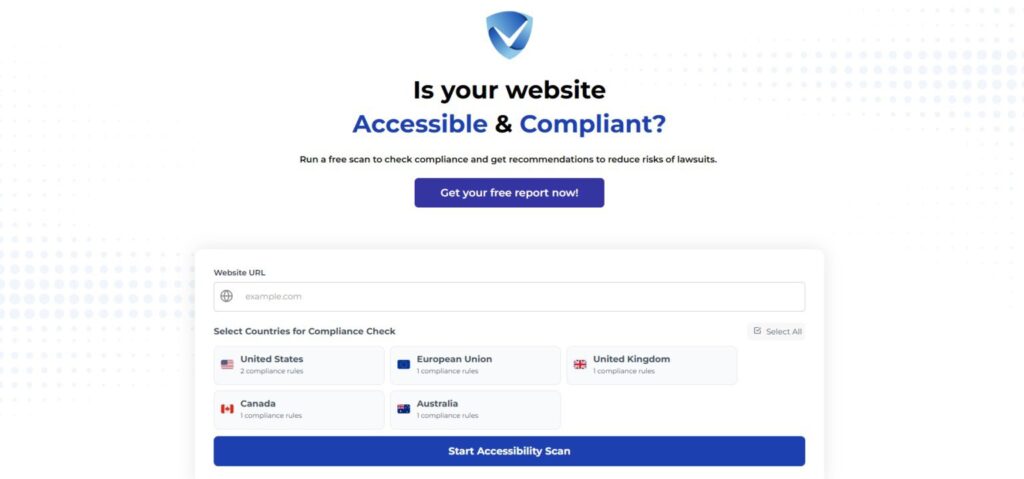
As we have discussed throughout this blog post, adapting to the EU accessibility regulations is not merely a legal obligation, but also an opportunity for businesses to enhance their brand image and connect with a broader audience. Embracing accessibility ensures that all users, regardless of their abilities, can access and interact with your digital content. This not only fosters inclusivity but also reflects positively on your organization’s values.
The key points highlighted in our discussion include the necessity of understanding the specific requirements of the EU regulations, the importance of conducting accessibility audits, and the implementation of user-friendly design practices. Moreover, it is imperative to involve people with disabilities in the testing phases to gain valuable insights on accessibility issues. By prioritizing these aspects, companies can achieve substantial compliance and improve their overall operational effectiveness.
To ensure a seamless transition towards meeting these accessibility standards, it is advisable for businesses to commence their compliance journey early. Delaying the process may result in rushed implementations that could overlook crucial accessibility features. An early start provides ample time for proper planning, testing, and training, ultimately reducing the risk of costly adjustments later on.
Investing in accessibility is essential, as it not only helps in adhering to legal mandates but also in creating a positive user experience. Enhanced accessibility can significantly elevate your brand reputation, encourage customer loyalty, and open doors to new market segments that were previously inaccessible. Therefore, we encourage organizations to prioritize accessibility in their strategic planning, ensuring that their websites and services are welcoming alternatives for everyone.



